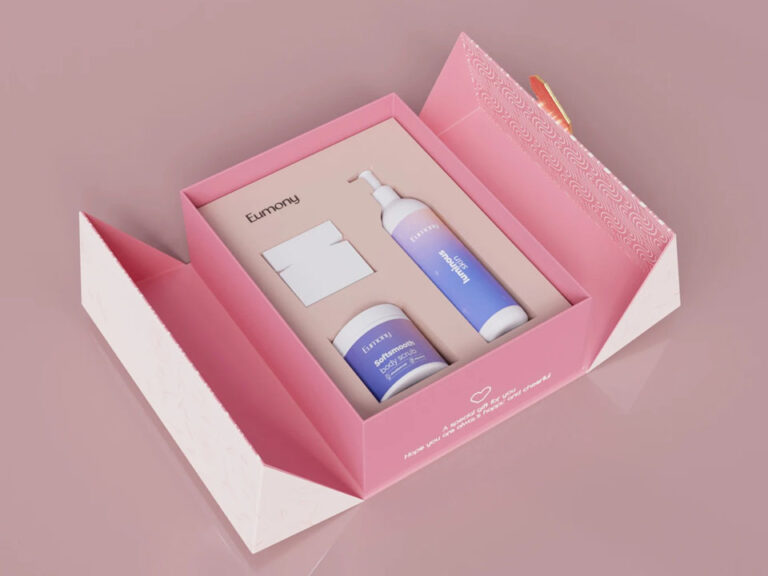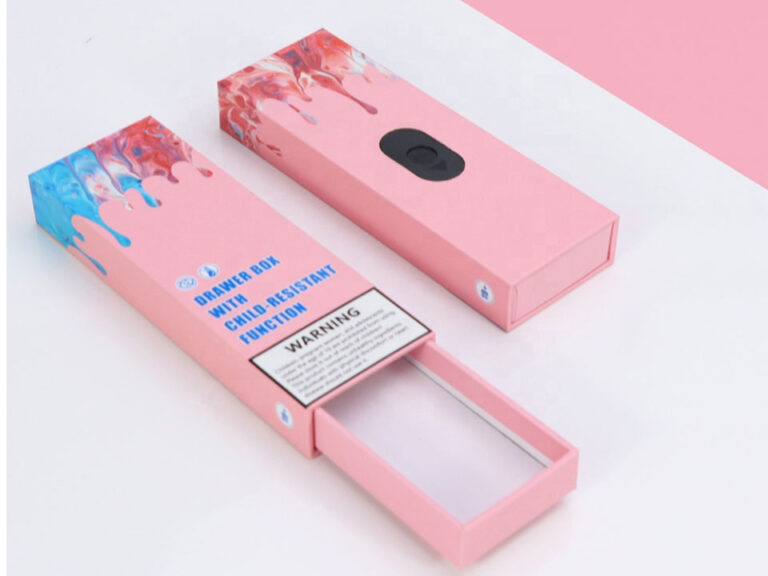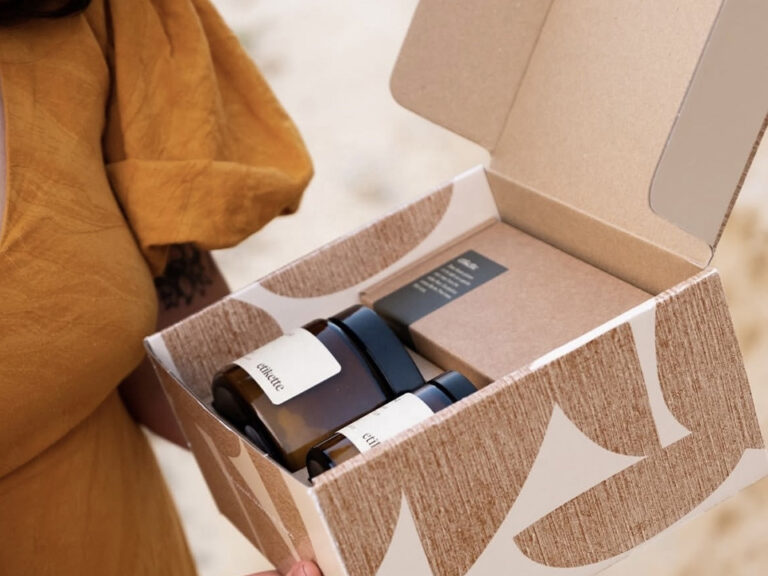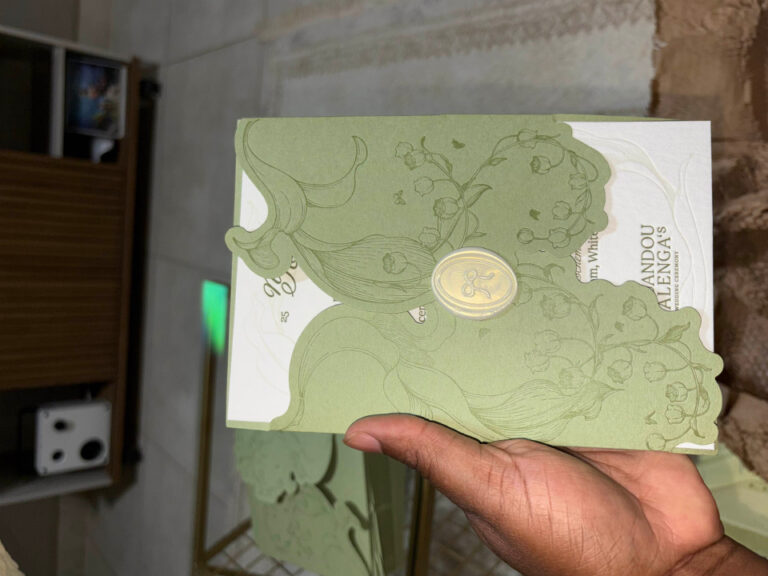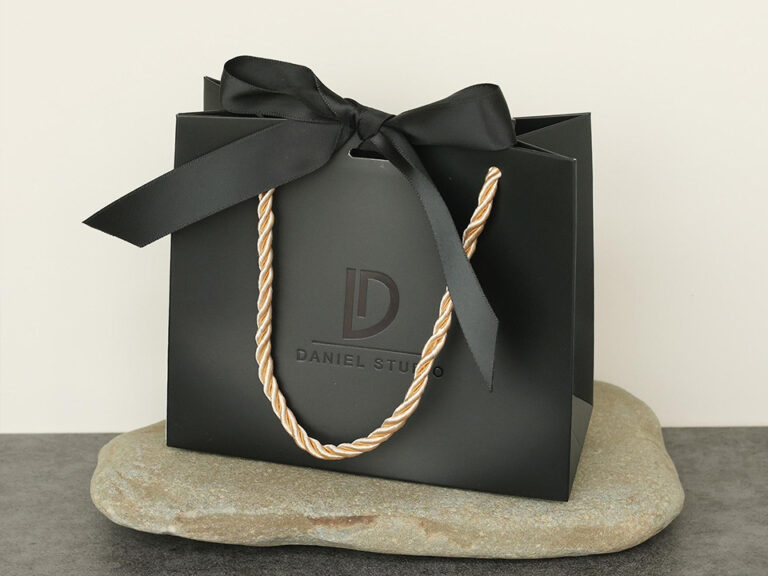How to Minimize Packaging Waste Through Sustainable Packaging
If you sell beauty, food, cannabis, fashion, or electronics, you already know this: packaging waste is under the spotlight. Retail buyers, cross-border e-commerce platforms, and even freight partners are asking the same question – how do we cut waste without killing the unboxing experience?
Let’s walk through a practical way to minimize packaging waste, using real scenarios you deal with every day, and how a partner like Zhibang Packaging can help you build it into your supply chain from day one.
Table of Contents
Rethink Packaging With A Full Life Cycle Mindset
Many teams still look at packaging only at the “print and ship” stage. In reality, waste appears at every point in the life cycle:
- raw material sourcing
- converting and printing
- warehousing and packing
- transport and last-mile delivery
- consumer disposal and recycling
If you design only for shelf impact, you push all the pain to logistics teams and the environment. When you design with a life-cycle mindset, you ask different questions:
- Can we use a thinner board but upgrade the structure?
- Can we ship flat and only assemble at the packing line?
- Can the end consumer easily fold and recycle it?
That’s the mindset shift behind sustainable packaging.
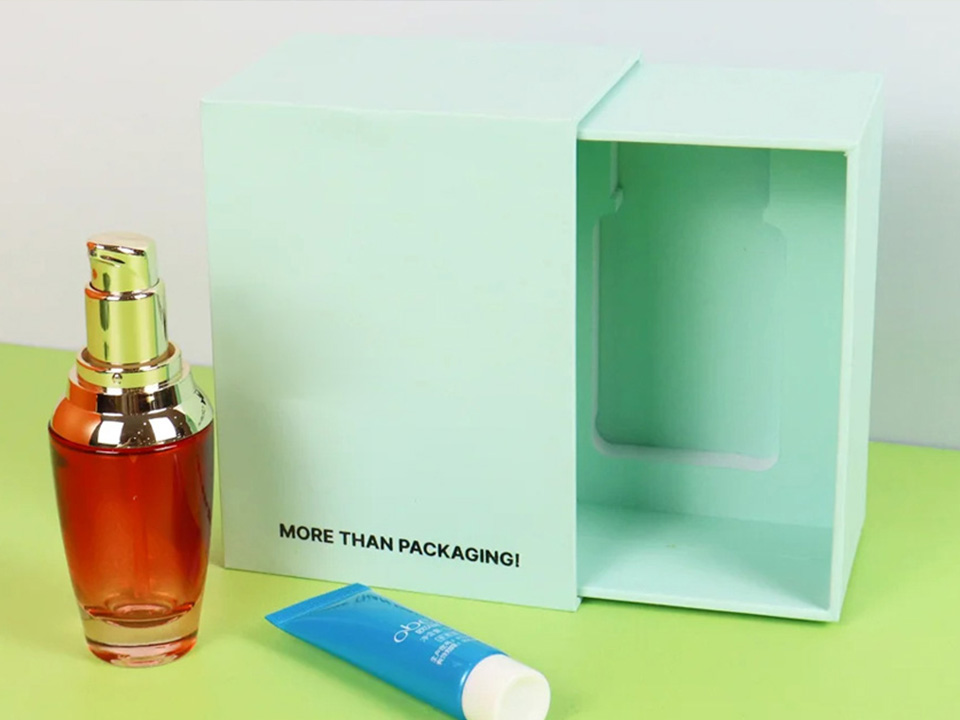
Reduce Packaging Material At The Design Stage
The lowest-hanging fruit is simple: use less material without losing performance.
Lightweight packaging design for shipping efficiency
Instead of adding “one more layer” for safety, work with structural engineers to hit the right ECT/BCT level with less board. For example:
- Switch from over-engineered rigid to smart folding cartons with inner support
- Use high-strength printed corrugated boxes for mailers instead of double-boxing
- Optimize flute and paper combination based on real drop test data (ISTA, pallet simulation)
A simple way to explain给老板 or采购经理: you’re not “cutting corners”, you’re cutting grams that don’t add protection.
Right-size custom boxes for each SKU
Oversized boxes create “air freight” inside every shipment. That means more filler, more corrugated, and more freight cost per order.
Zhibang often starts a project with a “SKU matrix”: all product sizes, weight ranges, and packing methods. From there, we design 3–5 master sizes for paper gift boxes that can cover 80–90% of orders while staying close to the product dimensions.
Here’s a simple view you can show to your ops or warehouse team:
| Design Tactic | Typical Impact On Waste | Typical Use Case |
|---|---|---|
| Right-sized inner box | Less filler, less outer volume | Cosmetics kits, skincare sets |
| Unified master sizes | Fewer SKUs, less obsolete stock | Cross-border DTC brands with many small SKUs |
| Flat-packed structures | Less space in warehouse & truck | Apparel and collapsible gift boxes |
Choose Recyclable And Renewable Packaging Materials
Material choice is a big part of perceived “greenness”, but you still need to balance it with your brand and compliance.
Paper-based and kraft packaging for mainstream brands
For most retail and e-commerce brands, paper-based packaging is the sweet spot: renewable, widely recycled, and flexible for printing and finishing.
You can:
- Use kraft paper gift boxes for natural, food, and wellness brands
- Keep plastic to small functional parts (windows, hangers) and avoid complex laminations
- Pair kraft boxes with paper gift bags to replace plastic shopping bags in offline retail
When to use paper tubes and other eco formats
For certain product lines, cylindrical structures like paper tube packaging can replace tins or plastic jars. This works well for:
- snacks and cocoa nibs
- premium tea and coffee
- CBD oils and wellness products
The key is to keep the inside structure simple (paper + foil or a food-grade liner) and make sure the local recycling stream can handle it.
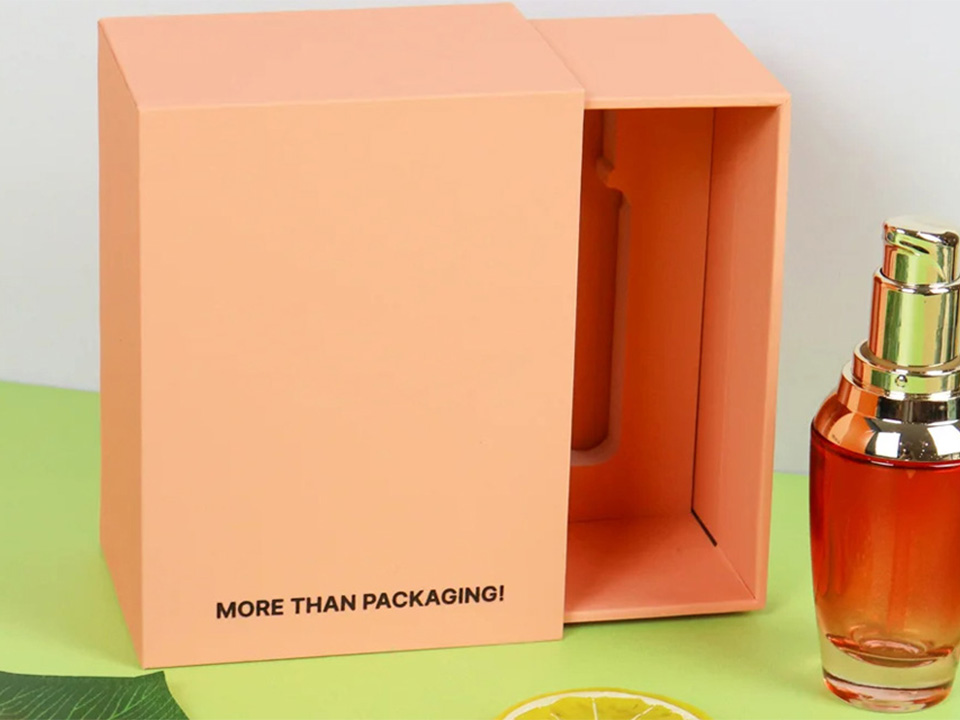
Make Reusable And Circular Packaging Part Of The Plan
Not every SKU needs a reusable box, but in some categories it makes real sense.
- Hair extensions and wigs: premium hair extension boxes that buyers keep as storage
- Candle and fragrance sets: rigid candle boxes or perfume boxes designed as long-term organizers
- VIP apparel: magnetic apparel boxes that become wardrobe storage
By designing reuse into the experience, you reduce the volume that goes straight into the bin and add perceived value for your brand.
Design For Easy Recycling And Real-World Sorting
Recycling is not just a logo on the bottom. It’s about what actually happens at the MRF (material recovery facility) and in the consumer’s hands.
Simple structures and mono-material packaging
For high-volume runs, try to keep each pack as “mono” as possible:
- All-paper boxes for cosmetic boxes and electronics boxes
- Avoid metalized film and complex foil on mass SKUs; reserve them for hero SKUs where needed
- Use separate paper inserts instead of glued foam when you need compartments
You can also add short, clear recycling prompts on the box: “Flatten and recycle with cardboard”. It sounds simple, but it nudges behavior at scale.

Use Packaging Engineering To Cut Product Waste
Sometimes the biggest waste isn’t the box. It’s the product that arrives broken or leaking and gets thrown away.
For example:
- A premium candle breaks in transit because the insert is weak.
- A serum bottle leaks because the box doesn’t limit movement.
- A gaming headset gets crushed in last-mile delivery.
Zhibang’s team often pairs structural design with the right protective insert: molded paper, upgraded board, or engineered foam (and in some cases, recyclable pulp trays). This is where you see fewer returns and fewer “resend” parcels, which quietly cuts total packaging and shipping waste.
Here’s a quick way to frame the trade-offs for your team:
| Category | Risk If Under-Protected | Sustainable Engineering Approach |
|---|---|---|
| Electronics | Returns, e-waste, bad reviews | High-strength mailers, molded pulp or EPE replacement |
| Beauty & skincare | Leaks, breakage | Tight inserts, right-sized cosmetic boxes |
| Food & gifts | Crushed items, hygiene issues | Reinforced corners, inner trays, unitized paper gift boxes |
Align Sustainable Packaging With Regulations And Compliance
If you sell cannabis, vape, or THC/CBD products, you face another layer: child-resistant and labeling rules.
The good news: sustainable thinking和合规 can go together. For example:
- Use certified child-resistant packaging with clever locking structures instead of plastic clamshells
- Combine branded cartons with optimized inner trays for marijuana packaging and pre-roll boxes
- Keep board grades and print methods consistent across SKUs to reduce waste at the factory
Regulators care that the pack works; they don’t ask you to waste material. A well-engineered paper-based CR pack can satisfy both.

Turn Sustainable Packaging Into Real Business Value
For OEM/ODM buyers, procurement managers, and brand owners, the real question is simple: will this help my numbers?
Here’s how smart sustainable packaging usually pays off over time:
- Less board and filler per unit
- Lower freight spend thanks to lighter, tighter cartons
- Fewer damages and customer complaints
- Stronger brand story on marketplaces and in retail pitches
Zhibang works with retailers, cross-border sellers, trade companies, and design agencies to tie these outcomes into one packaging roadmap. Because we already produce printed corrugated boxes, cardboard displays, high-end rigid sets, and even jewelry boxes, we can keep your range consistent while you phase in more sustainable specs SKU by SKU.
If you’re planning a new line or want to refresh an existing one, you can:
- start with your top 10 SKUs by volume
- audit current box size, material, and damage rate
- redesign with right-sizing, mono-material, and better structures
- roll out changes in waves across categories and channels
You don’t have to change everything in one season. You just need a clear direction, a partner who understands both “brand feel” and “warehouse reality”, and the will to keep improving each production run.






